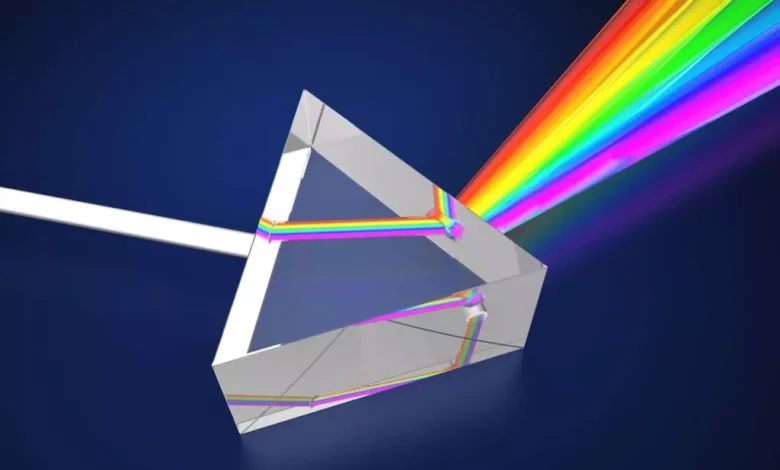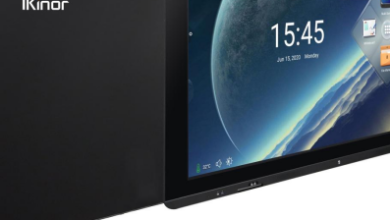Choosing the right instrument for molecular spectroscopy

Our field has seen great progress in spectroscopy technology. It can be used to analyze enzyme kinetics and RNA, as well as explore many shapes and sizes. Molecular Spectroscopy can be used to analyze small substances.
Continue reading to learn more.
Molecular Spectroscopy Defined
This method can be used to identify the type of a molecule as well as its relationship with other compounds. This technique works by separating compounds that have different affinity for different wavelengths into different classes or categories. Because their spectra differ from one another, it is possible to distinguish between very similar compounds. It is not as easy as it sounds. However, molecular spectroscopy equipment can be very useful.
You can use it alone or in combination with liquid and gas chromatography. Also known as vibrational spectroscopy, molecular spectroscopy can also be described. You could summarize molecular spectroscopy as counting the number or oscillations that occur in liquids or gases around an initial point.
Molecular Spectroscopy Equipments
To understand the ultimate goal of discovering your desired molecule, a molecular spectroscopy instrument is required. You will need to choose the best. There are many spectroscopic methods that can be used for the analysis of bacteria and viruses. This technique can detect substances in both solid and liquid phases.
The instrument group that analyzes the properties of molecules at different wavelengths of light is called molecular spectroscopy equipment. The best spectroscopic equipment uses samples that are kept at controlled temperatures and pressures to allow for the observation of vibration and scintillation using optical means like Faraday’s law detection, Faraday absorption, fluorescence, Faraday’s law detection, and Raman.
What You Need to Know Before Choosing a Molecular Spectroscopy Tool
There are many options in spectroscopy, so it is important to select the right system for you. It is important to consider these criteria when choosing a spectroscopy equipment. These are the most important factors.
Your knowledge and experience in a particular technique
Cost
Use it quickly
Reliability
Warranty coverage
Your system will determine the quality of your analysis. An expensive model may have lower sensitivity, a larger field of view, and greater throughput. A high-end system can offer better quality. It is important to make sure the sample holder you choose can securely hold the sample so that it does not slip out of its holder during analysis.
If multiple sources of light (e.g. lasers, LEDs), ensure that your system supports them so you don’t need to purchase a new unit for later upgrades. It can be tedious to consider all of these things, but if you pick the wrong system, there’s no going back.
Types Of Molecular Spectroscopy Equipment
There are many types of molecular-spectroscopy instruments.
Raman Spectroscopy
Raman spectroscopy (also known as Raman scattering) is a spectroscopic technique that allows for the measurement of vibrational energy levels within molecules. It is related to the use infrared light and ultraviolet light, which are often used in microwave spectroscopy. It does not provide information about molecules that absorb little or no ultraviolet radiation.
It is an optical technique that allows you to see the vibrational modes in molecules. It works by combining light with molecular vibrations to produce a “recombination speed” of emitted sunlight.
Fourier Transform infrared Spectroscopy
Fourier transform infrared spectroscopy (FTIR) is an analytical technique that can be used to extract structural information from molecules. This technique is based on the principle that light has a certain amount energy and can be expressed as a specific spectral feature when it passes through a material.
This method has many advantages, including the ability to be done non-destructively. This makes it particularly useful in the characterization of materials that are important for applications like food and cosmetics.
Fluorescence Spectroscopy
Fluorescence spectroscopy can be used to identify and study biomolecules and their functions, as well as to analyze samples for parameters such as temperature, concentration, and pH. It can also be used in forensic science applications.
Image
Sometimes called an imaging spectrometer, or light-source optical, an imaging spectrometer can also be known as an optical spectrometer. It can make any material visible under ultraviolet, infrared or x-ray light, and measure how it absorbs that energy.
Conclusion
Modern analytical chemistry includes molecular spectroscopy. A variety of instruments can be used to analyze a mixture of chemicals. These tips should help you make the best choice when choosing an instrument for molecular spectroscopy.




